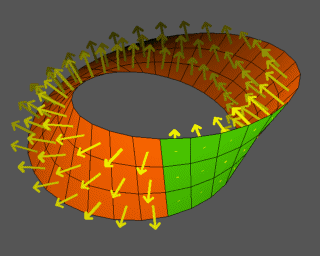|
Reference
Wikipedia:
This article is about the concept of a supreme "God" in the context of monotheism. For the general concept of a being superior to humans that is worshipped as "a god", see Deity and God (male deity). For God in specific religions, see Conceptions of God. For other uses of the term, see God (disambiguation).
Representation (for the purpose of art or worship) of God in (from upper left, clockwise) Christianity, Atenism, Zoroastrianism, and Balinese Hinduism.
Part of a series on
Theism
Types of faith
Specific conceptions
In particular religions
Attributes
Experiences
Practices Related topics vte
God, in monotheistic thought, is conceived of as the supreme being, creator, and principal object of faith.[1] God is usually conceived of as being omnipotent, omniscient, omnipresent and omnibenevolent as well as having an eternal and necessary existence. God is most often held to be incorporeal with its incorporeality or corporeality being related to conceptions of transcendence or immanence.
Some religions describe God without reference to gender, while others use terminology that is gender-specific and gender-biased. God has been conceived as either personal or impersonal. In theism, God is the creator and sustainer of the universe, while in deism, God is the creator, but not the sustainer, of the universe. In pantheism, God is the universe itself. Atheism is an absence of belief in God, while agnosticism deems the existence of God unknown or unknowable. God has also been conceived as the source of all moral obligation, and the "greatest conceivable existent". Many notable philosophers have developed arguments for and against the existence of God.
Each monotheistic religion refers to its god using different names, some referring to cultural ideas about the god's identity and attributes. In ancient Egyptian Atenism, possibly the earliest recorded monotheistic religion, this deity was called Aten and proclaimed to be the one "true" Supreme Being and creator of the universe.
In the Hebrew Bible and Judaism, the names of God include Elohim, Adonai, YHWH (Hebrew: ?????) and others. Yahweh and Jehovah, possible vocalizations of YHWH, are used in Christianity. In the Christian doctrine of the Trinity, one God coexists in three "persons" called the Father, the Son, and the Holy Spirit. In Islam, the name Allah is used, while Muslims also use a multitude of titles for God. In Hinduism, Brahman is often considered a monistic concept of God.
In Chinese religion, Shangdi is conceived as the progenitor (first ancestor) of the universe, intrinsic to it and constantly bringing order to it. Other names for God include Baha in the Bahá?í Faith,[Waheguru in Sikhism,[9] Ahura Mazda in Zoroastrianism,[10] and Sang Hyang Widhi Wasa in Balinese Hinduism.
https://en.wikipedia.org/wiki/God
Other major Wikipedia references
https://en.wikipedia.org/wiki/Conceptions_of_God
Conceptions of God in monotheist, pantheist, and panentheist religions – or of the supreme deity in henotheistic religions – can extend to various levels of abstraction:
as a powerful, human-like, supernatural being, or as the deification of an esoteric, mystical or philosophical entity or category;
as the "Ultimate", the summum bonum, the "Absolute Infinite", the "Transcendent", or Existence or Being itself;
as the ground of being, the monistic substrate, that which we cannot understand; and so on.
The first recordings that survive of monotheistic conceptions of God, borne out of henotheism and (mostly in Eastern religions) monism, are from the Hellenistic period. Of the many objects and entities that religions and other belief systems across the ages have labeled as divine, the one criterion they share is their acknowledgment as divine by a group or groups of human beings.
https://en.wikipedia.org/wiki/Conceptions_of_God
|







